Backpacking Big Pine Lakes | Temple Crag

Backpacking to Big Pine Lakes| Written by Brian Callender | Photography by Julie Boyd

Hiking to Big Pine Lakes via the North Fork Trail of Big Pine Creek is a classic trip in the Eastern Sierra. This strenuous trail can be done as a long day-hike, or as an overnight backpacking trip. For your efforts, you will be rewarded with seven alpine lakes, and incredible views of Temple Crag and Palisade Glacier. For our trip, as we visited during a high-snow year, we only went as far as Third Lake.
Backpacking Big Pine Lakes: Hike Details
Starting Elevation: 7,404 ft.
Distance: 12.40 miles, round trip to Third Lake
Elevation Gain: 2,618 ft.
Hike Type: Out and back, day-hike or backpacking trip
Difficulty Level: Strenuous
Restrooms: Two pit toilets are available at the trailhead and there is an additional one in the backpackers’ parking lot.
Food Storage: Mandatory and available in the backpackers’ parking lot.
Permit: Required for overnight stays; not needed for day-hiking
Date Hiked: July 5-6, 2019
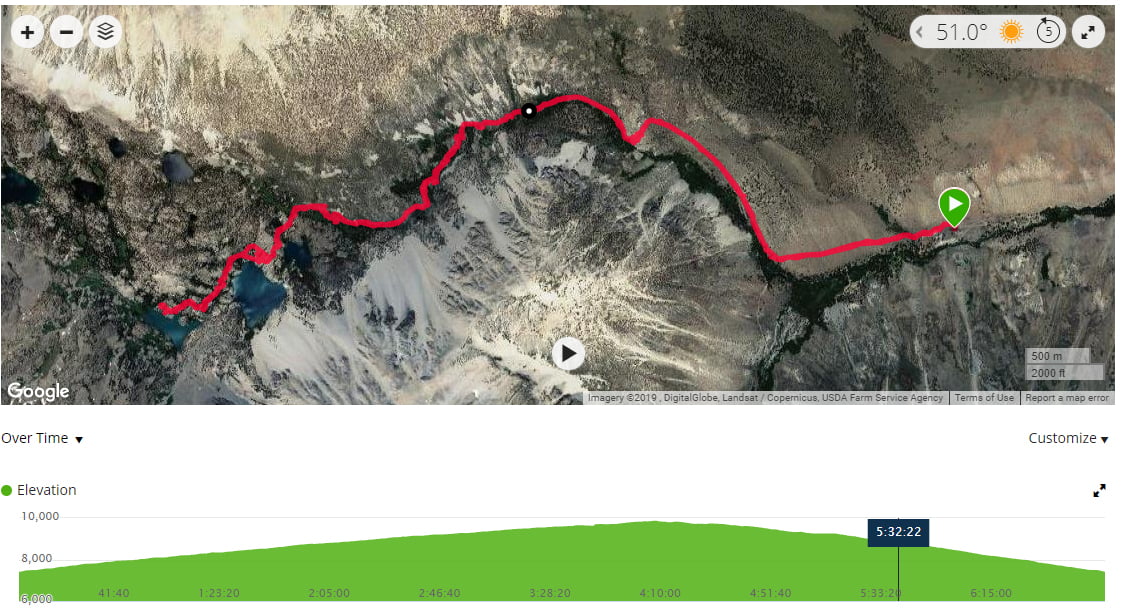
Backpacking Big Pine Lakes: Permit Information
If you’re planning to do this hike as an overnight backpacking trip like we did, you’ll need to secure a permit from one of the Inyo National Forest offices. Permits can be accessed in one of two ways:
1.) Reserve your permit online in advance through the Recreation website. As a reminder, this is very popular hike and the overnight permits fill up very quickly. Permits are available six months in advance. Once you have a permit, you can pick it up at any Inyo National Forest office.
2.) Secure your permit via the walk-up method at one of the aforementioned Inyo National Forest offices. This route is definitely a crap-shoot as there are only a total of 10 walk-in permits available across the four offices. It very much helps to have a back-up hike in mind, in case you don’t get your preferred choice.
For this trip, I arrived at the Mammoth Lakes Welcome Center just before 7:00 a.m. on Thursday, July 4. There were two groups of two ahead of me when I walked up. By the time the office opened at 8:00 a.m., the line was probably about 30 people deep. Once I actually made it to the counter, there was only 1 permit slot open for the same day which would not work for our party of two. Instead, like the couple in front of me, I was able to secure a permit for the following day. This is a big reason why it helps to have flexible plans!
.
Important Reminder: There are only 25 total permits available for a given day to backpack the North Fork of Big Pine Creek. Of those 25, there are 15 that can be reserved in advance and 10 available as walk-ups. For more information on trailheads and quotas, here is a helpful link from the National Forest.
Backpacking Big Pine Lakes: How to get to the Trailhead
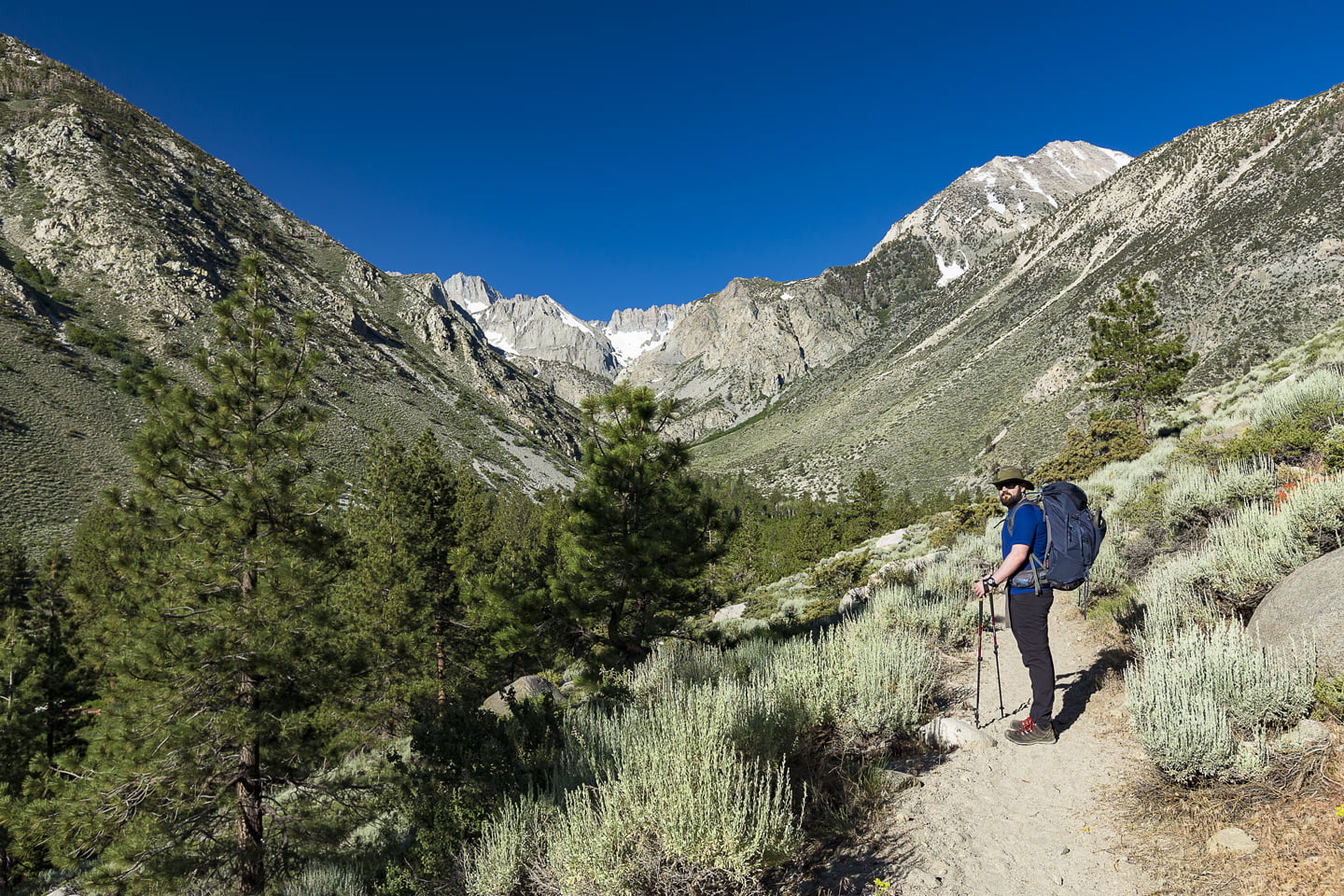
From the South Bay, the drive is about 6.5 hours, with the trailhead starting just outside of the town of Bishop. Our route always takes us over the Tioga Pass (Highway 120 E, open seasonally) and through the high country of Yosemite. You can also take the Sonora Pass (Highway 108E, open seasonally) which adds a bit more length to your drive. After passing through Yosemite, it’s 395 South all the way until you reach Glacier Lodge Road which will take you to the trailhead.
Taking the above into consideration, and to give ourselves a chance to acclimate to the altitude, we like to spend a night in the Mammoth area. On this trip, we spent the first night in Mammoth Lakes and then a night in Bishop before starting the hike. If you’re planning to camp, Big Pine Creek Campground is located right next to the trailhead.
Backpacking Big Pine Lakes: The North Fork Trail

As you come down Glacier Lodge Road, you will notice a sign that indicates parking for overnight hikers. We drove to the end of the road to scope out where the trail starts, about an additional mile from the overnight turn off. There are a few spots to park here, but these are clearly marked with no overnight parking. This is also where you turn off for Big Pine Creek Campground and there are two pit toilets at the trailhead.
After parking at in the backpackers lot, we loaded up our gear and hit the trail. At the trailhead here, there is another pit toilet, but that’s your last option before you return to your car from the hike.
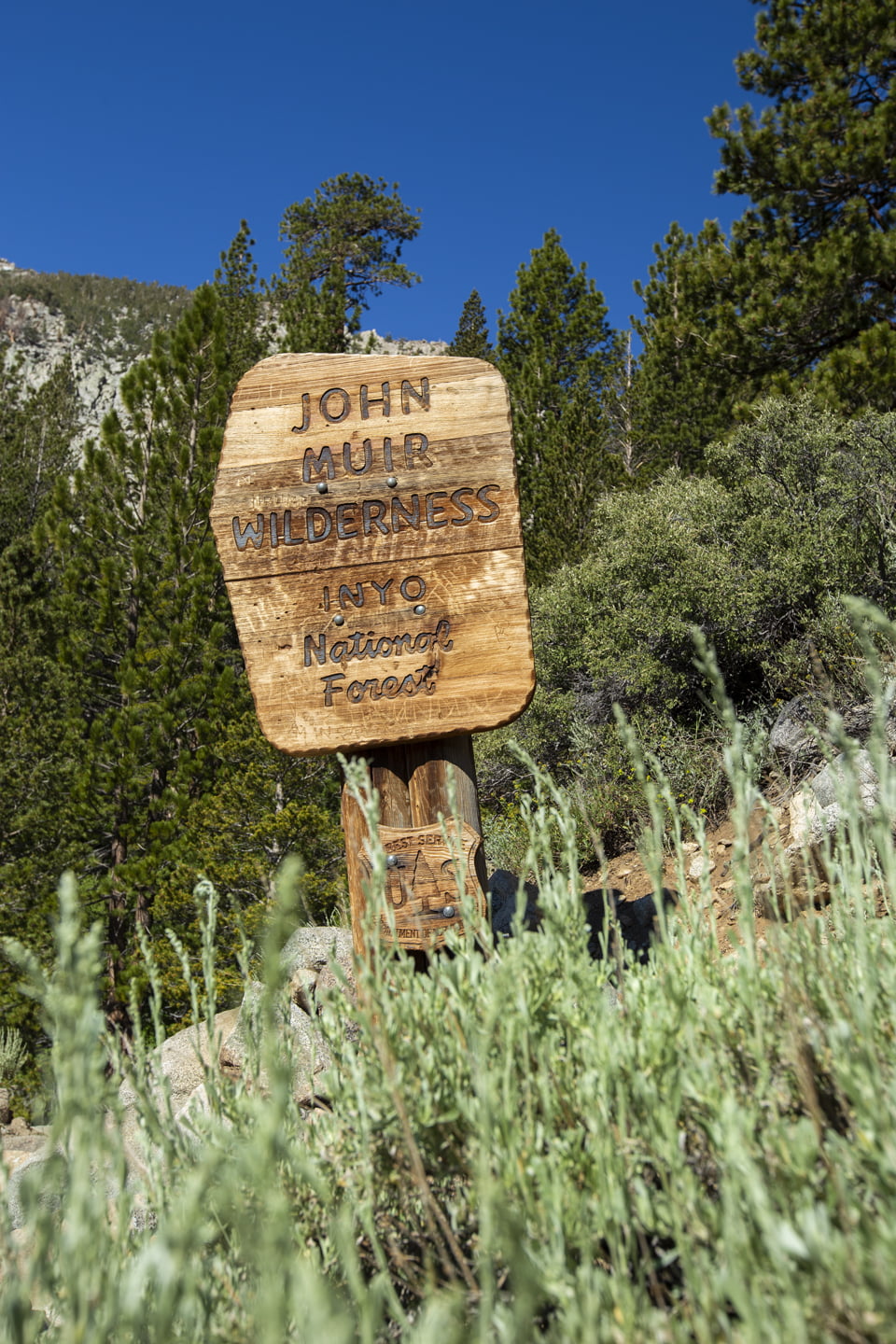
We were out on the trail just past 7:30 a.m. and left a relatively busy parking lot behind us. The first mile of the trail basically just parallels the road from above as you make your way back to the main trail junction. This section is entirely exposed, so we were glad that it wasn’t very hot yet.
Once you round the corner, the sun is obscured by the side of the mountain, and we were glad to have some relief. Below, the day-hiker trail continues to follow along the same route, before eventually climbing to join the main trail.

With 2019 being a high snow year, the creek that you follow alongside for this hike was flowing strongly. And while there were a couple of sections of the trail with small patches of water on them, it’s nice to know that you don’t have to do any major creek crossings for this hike.
The trail continues a slow, steady, and mostly exposed climb through the John Muir Wilderness with views of the mountains near our final destination ahead of us.
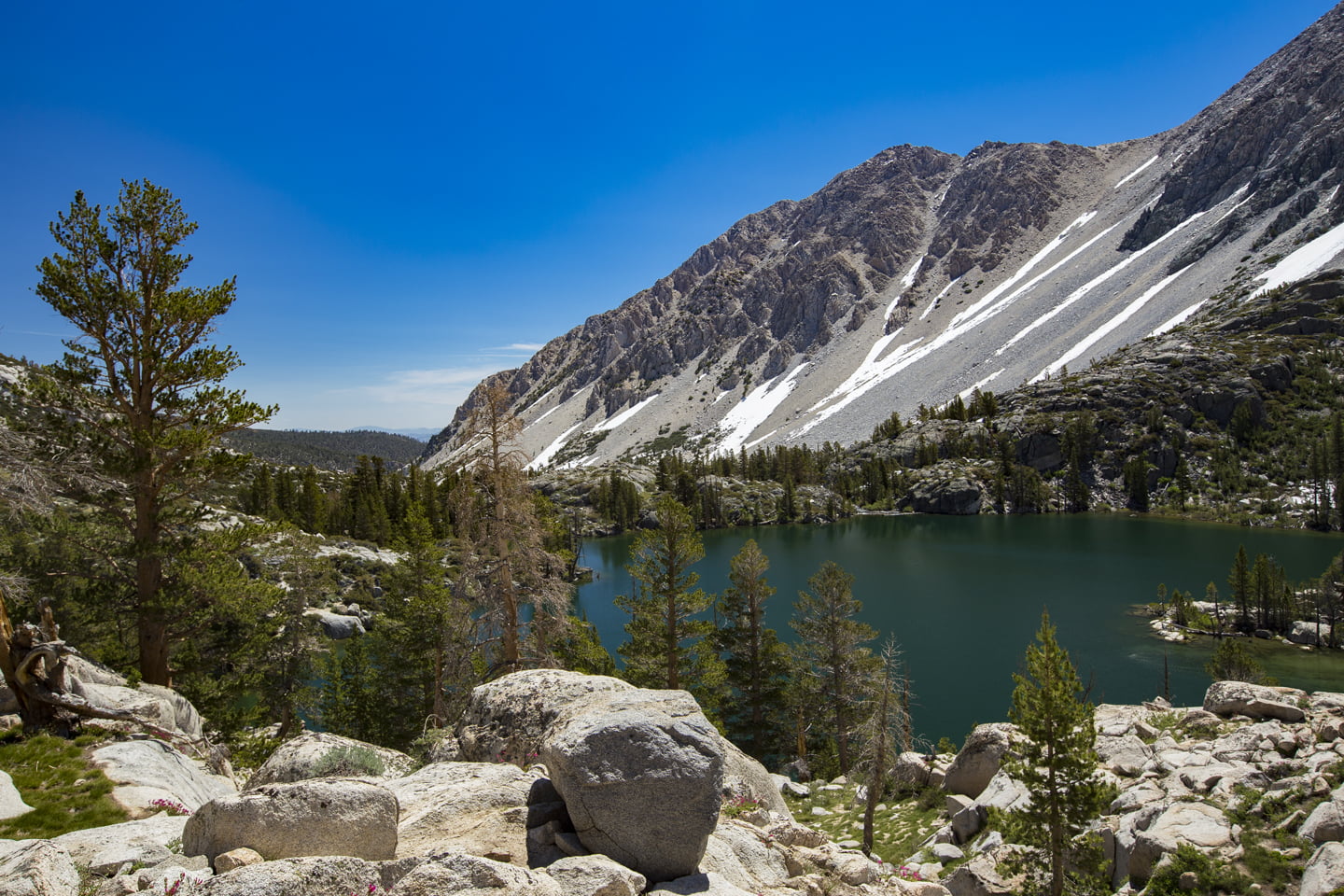
Just before 11:00 a.m., we reached the junction for Lakes 1-7 and Black Lake. We chatted with a couple of day-hikers who were planning to go as far as they could, but were going to be skipping the side trip to Black Lake.
Julie and I agreed that the next time we come back, we would aim to hit as many lakes as we could, but for this trip we were content to go as far as Third Lake.
Ten minutes later, we had reached an overlook for First Lake, a welcome sight after our morning trek. But the star of this hike is Second Lake, and we continued a short walk to a point where we could see it in all its glory.

Second Lake is well recognized thanks in part, to Temple Crag, the jagged rock formation that sits just above the lake. Since our visit was considered earlier in the season, the lake didn’t have the turquoise, almost Peyto Lake color that we had seen in photos. Instead, the lake was a strong, dark green, and any chance of a reflection from the mountains above was lost in the breezy waters below.
We found a spot overlooking the lake and enjoyed a couple slices of pizza that we had leftover from dinner the night before.

The remainder of the day was spent enjoying the lake before taking a late afternoon hike to Third Lake.
We ran into some hikers who mentioned that they had gotten as far as Fifth Lake, but that there was too much snow to continue on to Sixth and Seventh Lakes. Julie and I both felt comfortable with our decision to visit just the three lakes. If we had been staying a second night, we probably would have pushed ourselves to continue to the other lakes, but one night and three lakes felt like a pretty solid accomplishment.
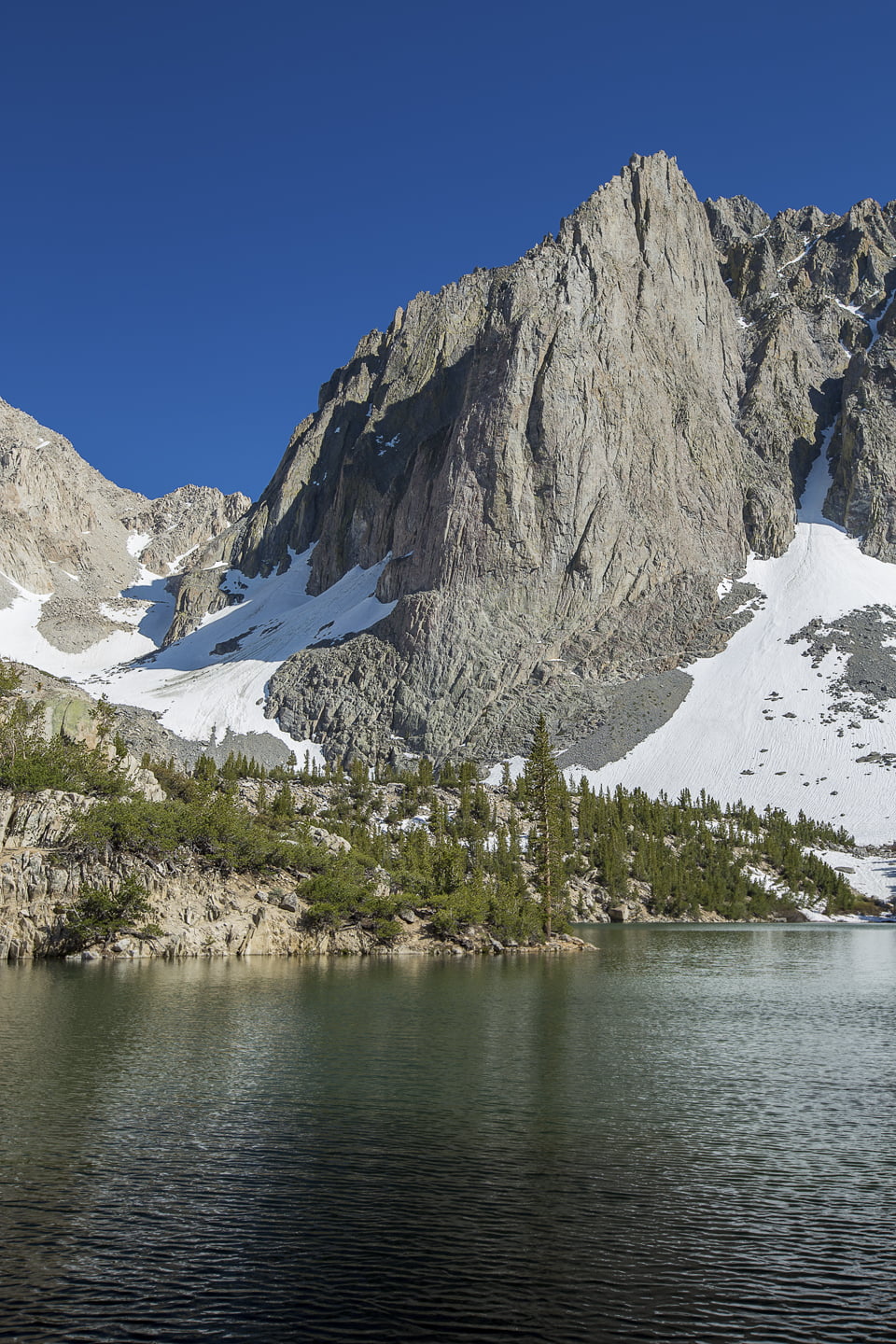
Watching the sun go down while enjoying our backpacking meals was the perfect end to a fulfilling day. Once the sun had set, we hastily headed to our tent to avoid the onslaught of mosquitoes. For the majority of our time at Big Pine Lakes, the mosquitoes were not all that prevalent, but they certainly made their presence known in the evening and first thing in the morning.

Following a restless night of sleep (we both struggle with sleeping in the wild) we awoke to an incredible sunrise. The mountains lit up in a red glow that quickly reminded us how worthwhile this trip was. Julie captured the sunrise while fighting off mosquitoes, as I packed up our campsite and readied our return back to the car.
With the early start to our morning, we were on the trail by 6:30 a.m. and back at the car by 9:00 a.m. Along the way, we encountered several other groups of hikers making their journey, and were happy to be on our way down.

This was easily one of the more beautiful hikes we have done in our home state, and we will be back again to tackle the other lakes in the future.
Have you been or are you planning to visit Big Pine Lakes in the future? We would love to hear from you!
Check out these other awesome hikes in the Sierra:
Shop our favorite gear for this adventure:

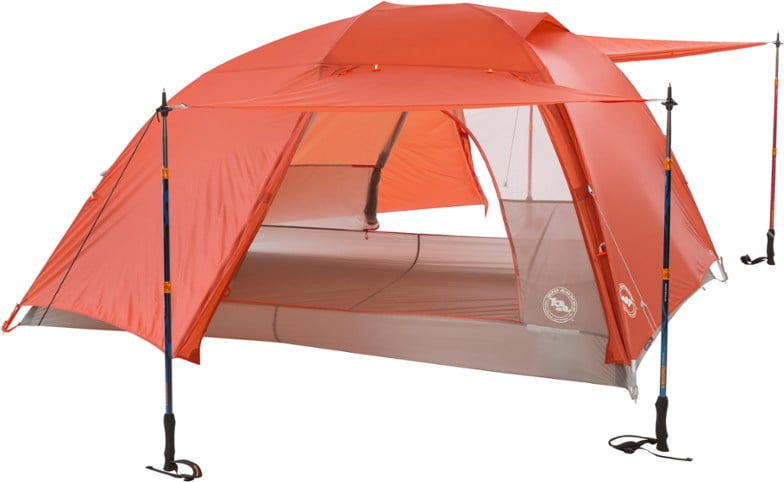
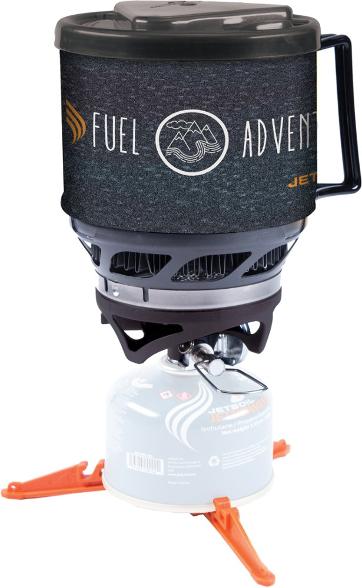
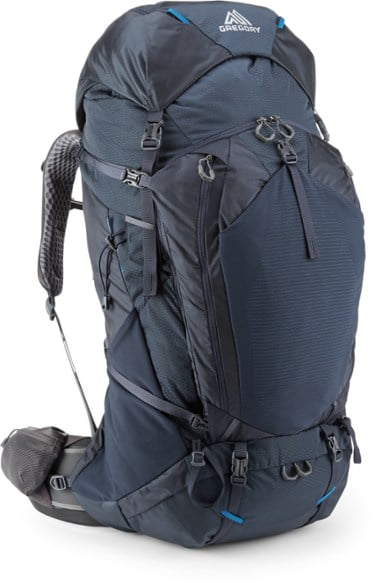
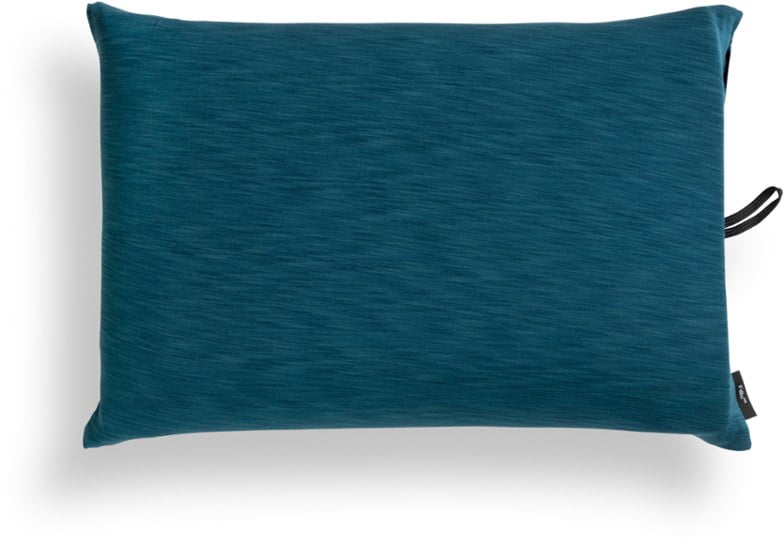

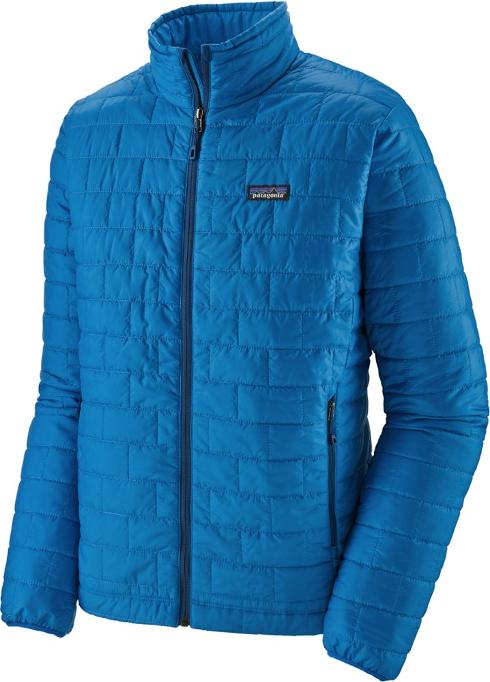

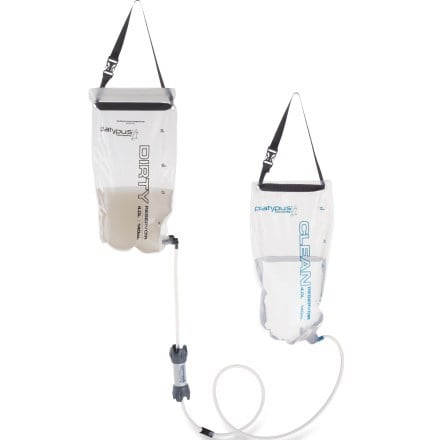
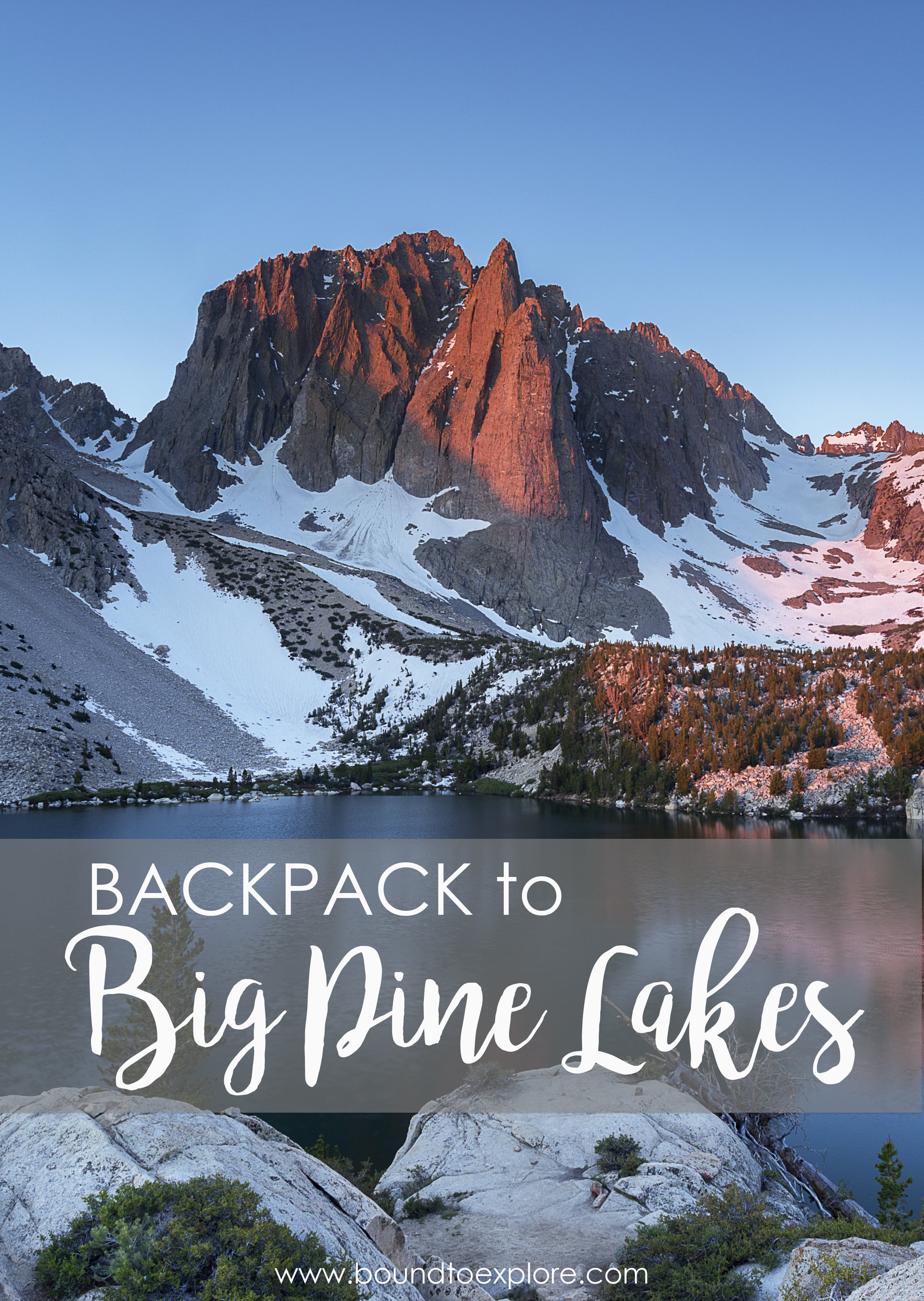
Very informative blog! Thank you so much for all the information. My friends and I are backpacking at the end of October.
Did you guys encounter bears? Any other tips?
Thanks Edelee! We did not run into any bears on this particular trip. Get an early start when you go so you can secure your preferred camp spot if you’re planning to camp at Lake #2. Other than that, just have a great time and enjoy the beauty of the place!
When I was a child my neighbor was an avid backpacker and took me up there several times. Something you never forget I would like to do it again.. if I remember right before getting to the first lake there is a turn off to the right that is very steep and it leads to Black lake where we always went. I’ve been there three or four times I’d never have seen someone up there the whole time and we would spend for 5 days and there’s a little tiny lake on top of it where we used to sunbathe.. And if I remember right it was easy to access some of the other Lakes making this Basecamp.. definitely want to go back once I retire.. oh and as a heads up I also remember storms would come in with thunder and lightning like I’ve never seen in my life.. we would stand in the opening and hope for the best staying clear of trees.. on the positive note they would come and go within an hour or so.
Thanks for sharing your experience, Jerry! We loved our visit to Big Pine Lakes, but definitely would like to get back there to visit the remaining lakes we missed on that trip.
Hi there-I’ve heard that in recent years there seems to be a lot of trash due to campers not packing out. Did you see any of that?
When we went a few years ago, we did not see any trash. Things may have changed more recently though, especially with increased visitors to the area post-COVID.